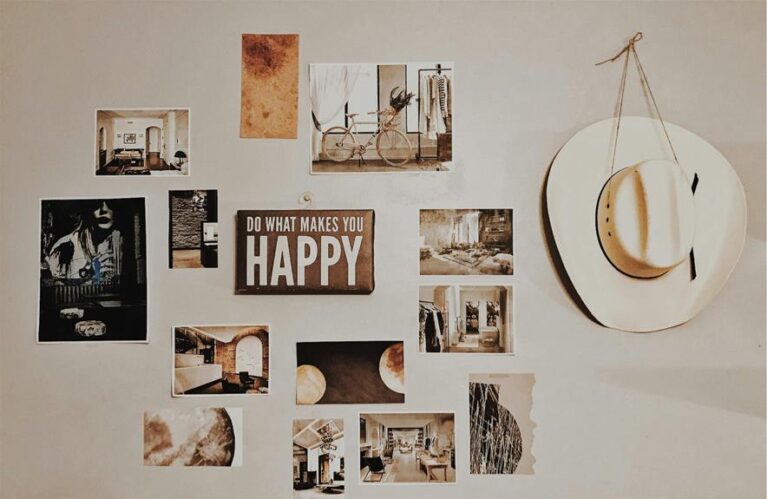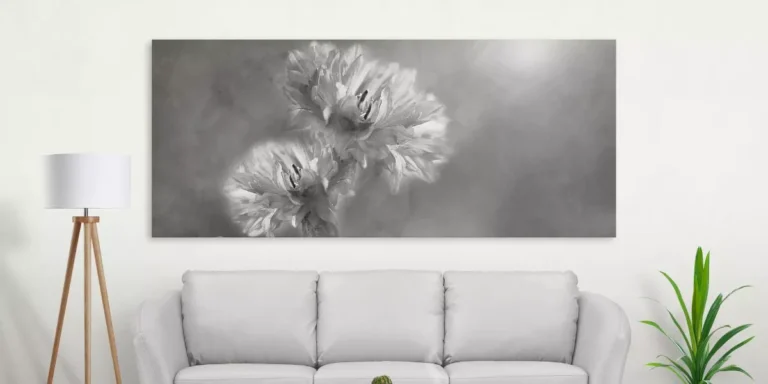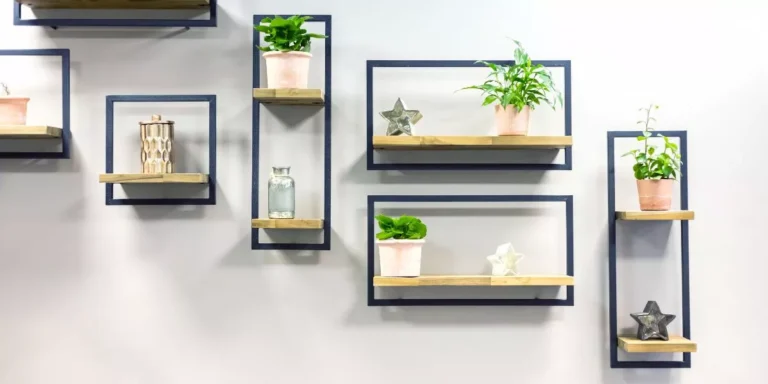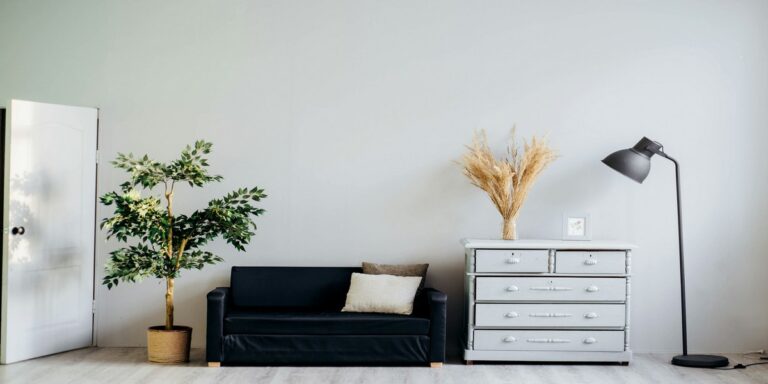How Do You Create a Gallery Wall That Stands Out?
When aiming to create a gallery wall that truly stands out, it's essential to consider various elements that contribute to its overall impact. From the layout selection to the coordination of frames and the strategic placement of artwork, each decision plays a crucial role in achieving a visually striking display. By carefully curating these aspects with attention to detail and creativity, you can elevate your gallery wall from merely decorative to a captivating focal point in your space.
Layout Selection
When planning your gallery wall, choose a layout that complements your space and showcases your art effectively. The layout you select can greatly impact the overall aesthetic and impact of your gallery wall. Consider the size and shape of the wall you're working with. For a taller wall, a vertical layout can help elongate the space, while a horizontal layout works well on wider walls.
Think about the arrangement of your artwork. You can opt for a symmetrical layout for a more structured look, or go for an asymmetrical arrangement for a more eclectic feel. Remember to leave enough space between each piece to create a cohesive look without overcrowding.
Furthermore, consider the theme or style of your art collection. A grid layout may work well for a collection of similar pieces, while a salon-style layout can showcase a mix of artwork in varying sizes and frames. Experiment with different layouts before committing to one that best highlights your art and fits your space.
Frame Coordination
To enhance the overall cohesiveness of your gallery wall, ensure that your frames coordinate well with each other and complement the artwork they showcase. Consistency in frame style, color, and material can tie the pieces together, creating a unified and polished look. Consider using frames that are either all the same or that share similar characteristics such as a common color palette or finish. This will help avoid a cluttered or mismatched appearance.
Additionally, the size and thickness of the frames should be taken into account. Frames that are too bulky may overwhelm smaller pieces of art, while delicate frames might get lost when paired with larger artworks. Finding a balance in frame size can help create visual harmony within your gallery wall.
Remember that the frames aren't just a border for your artwork but an essential part of the overall aesthetic. By coordinating the frames effectively, you can elevate the impact of your gallery wall and ensure that each piece complements the others seamlessly.
Artwork Variety
For a captivating gallery wall, incorporating a diverse selection of artwork styles and sizes can add visual interest and depth to the overall display. Mixing different types of art, such as photographs, paintings, sketches, and prints, creates a dynamic and intriguing gallery wall. Varying the sizes of the artwork helps to create balance and prevents the wall from appearing monotonous. Consider combining large statement pieces with smaller ones to create a visually appealing arrangement.
When selecting artwork for your gallery wall, think about the overall theme or color palette you want to achieve. Mixing complementary colors or sticking to a specific color scheme can tie the different pieces together cohesively. Additionally, incorporating a mix of textures, such as canvas, metal, or wood frames, can add another layer of interest to the display.
Remember that the key to a successful gallery wall is finding the right balance between variety and cohesion. Experiment with different combinations until you find a layout that speaks to you and enhances the space where it's displayed.
Wall Decor Placement
To create an impactful gallery wall, strategically placing your wall decor is key to achieving a visually appealing and cohesive arrangement. When arranging your wall decor, consider the layout of your space. Start by selecting a focal point where the center of your gallery wall will be. This could be a large piece of art or a unique item that draws attention. Build around this focal point, ensuring that the pieces complement each other in terms of color, style, and size.
Maintain balance in your gallery wall by distributing visual weight evenly. Mix and match different sizes and shapes to create interest and prevent the arrangement from feeling too uniform. Experiment with various layouts before committing to a final design. You can try arranging the pieces on the floor first to get a sense of how they'll look on the wall.
Remember to leave some space between each piece to allow the eye to rest and appreciate each individual artwork. Hanging your wall decor at eye level is generally a good rule of thumb, but feel free to adjust heights to suit your personal preferences. By paying attention to wall decor placement, you can create a gallery wall that truly stands out and reflects your unique style.







